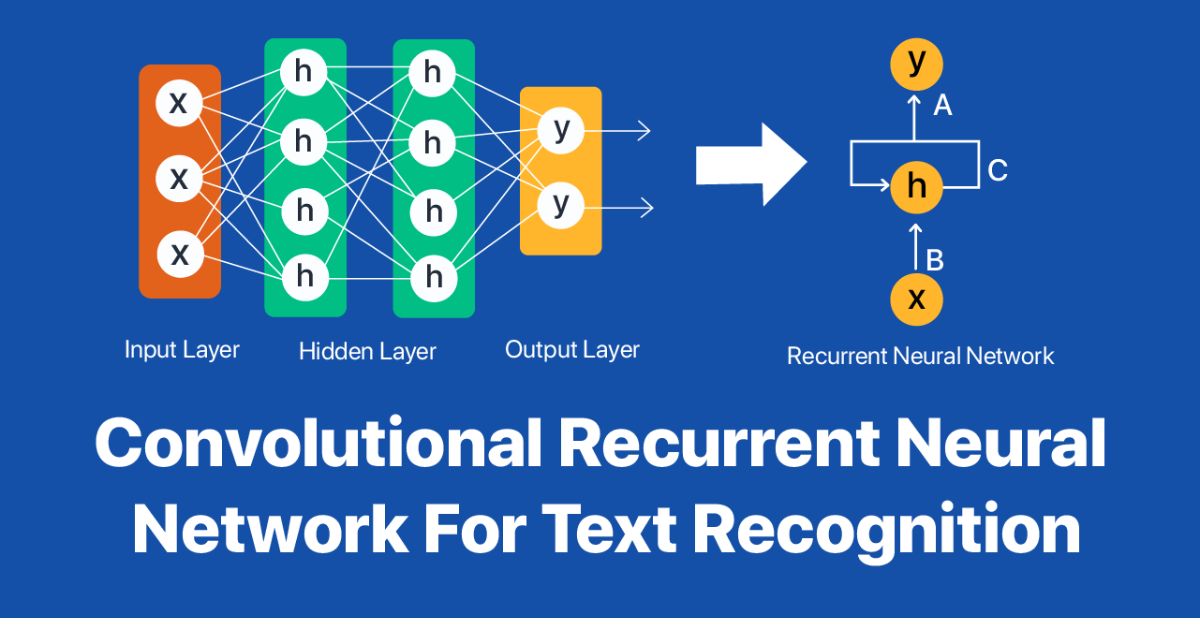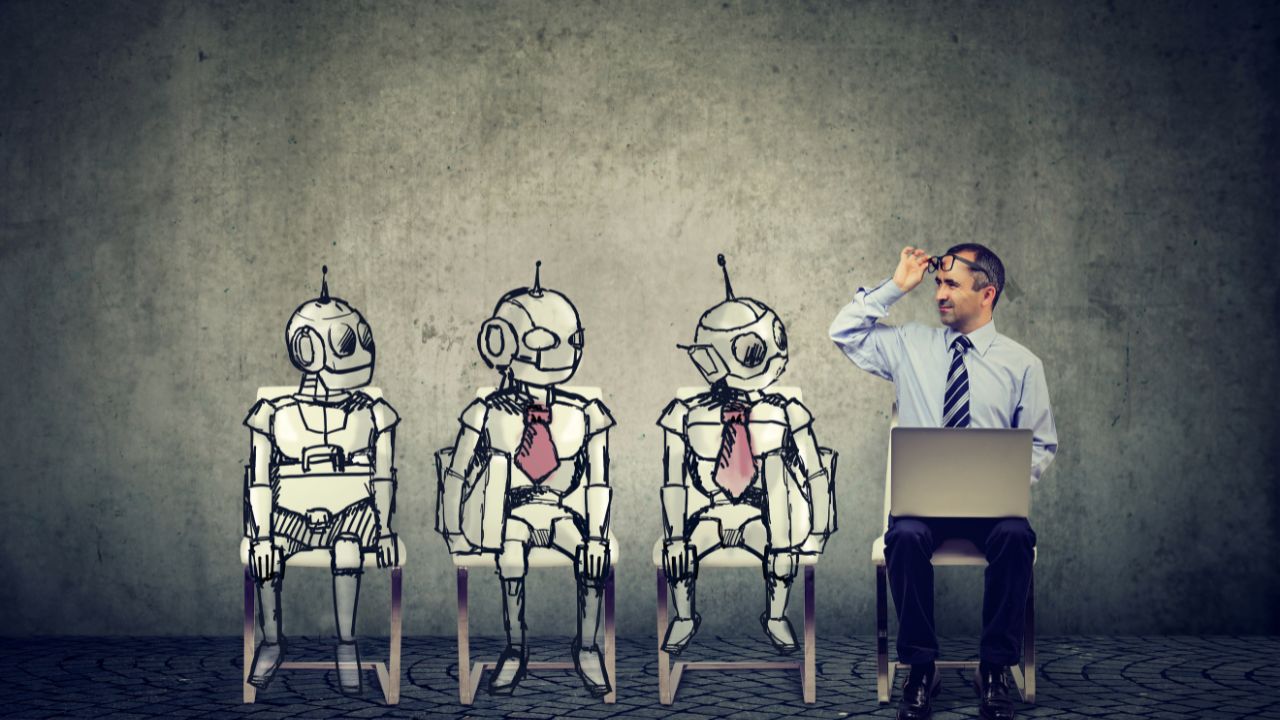From Scanned Docs to Editable Text: The Power of OCR Technology
October 24, 2025 · 4 min read • #OCR#AI#image-to-text#automation#document management#digital transformation
In 2025, OCR technology has become one of the most valuable tools in the digital workspace.
From scanning invoices to digitizing handwritten notes, OCR turns static images into editable, searchable, and actionable data — bridging the gap between physical and digital information.
🌐 What Is OCR and Why It Matters
Optical Character Recognition (OCR) is the technology that enables computers to “read” text from scanned documents and images.
By combining AI, deep learning, and computer vision, OCR systems can accurately detect and convert characters into editable text — even in multiple languages.
Businesses use OCR for:
- Digitizing archives and records
- Automating data entry
- Extracting information from forms, invoices, and contracts
- Enabling full-text search in scanned PDFs
Related: How AI Reads Text from Images: Inside the OCR Revolution
🧠 How OCR Converts Scans into Editable Text
Modern OCR is powered by AI algorithms that understand not only letters and words but also structure and layout.
1. Image Preprocessing
AI first cleans and enhances the scanned document by:
- Correcting orientation and skew
- Adjusting brightness and contrast
- Removing noise and background clutter
This ensures text extraction remains accurate even on low-quality scans or mobile captures.
2. Text Detection
Using Convolutional Neural Networks (CNNs), OCR identifies text regions within the image.
This allows the system to recognize words even in complex layouts — like receipts, forms, or handwritten notes.
3. Character Recognition
Once text areas are detected, OCR recognizes individual characters using deep learning models trained on vast datasets of fonts, scripts, and handwriting styles.
This enables recognition across multiple formats — from neatly printed invoices to scribbled doctor’s notes.
Related: Extracting Text from Images Made Easy with Artificial Intelligence
4. Post-Processing and Reconstruction
After raw text extraction, the OCR engine reconstructs paragraphs, tables, and formatting to mirror the original layout.
Natural Language Processing (NLP) models then correct spelling and interpret context, producing clean, structured text ready for editing or storage.
⚙️ Key Benefits of OCR Technology
🔹 Enhanced Productivity
No more manual typing from scanned files — OCR extracts text instantly, saving hours of manual work each week.
🔹 Accuracy and Reliability
AI-driven OCR systems deliver 99% accuracy for printed text and significantly reduce human errors.
🔹 Searchability and Accessibility
Once converted, documents become fully searchable, making it easier to retrieve data across databases and archives.
🔹 Data Integration
OCR integrates seamlessly with ERP, CRM, and document management systems, enabling automated workflows and faster decision-making.
Related: Why Businesses Are Turning to AI-Based Image-to-Text Tools
🏢 Real-World Applications of OCR
🔸 Finance & Accounting
Automate invoice processing, receipt scanning, and expense tracking.
🔸 Healthcare
Convert prescriptions, medical charts, and lab results into structured digital records.
🔸 Legal
Digitize case files, contracts, and handwritten notes for secure electronic storage.
🔸 Education
Turn printed textbooks and notes into editable e-documents for easy sharing.
🔸 Government
Digitize historical archives and ID verification documents for transparency and efficiency.
🔒 Secure and Private OCR with AI
Our AI Image-to-Text Tool performs all OCR operations locally in your browser, providing:
- Zero data uploads
- No server-side processing
- Full confidentiality and GDPR compliance
This ensures that your business and personal data stay private while enjoying the benefits of AI automation.
🚀 The Future of OCR in 2025 and Beyond
OCR is evolving into Intelligent Document Understanding (IDU) — where AI not only reads text but understands its meaning.
By integrating OCR with NLP and automation systems, businesses can:
- Extract key entities (names, dates, amounts)
- Summarize large documents
- Route information automatically
In the coming years, OCR will power autonomous workflows that combine text recognition with contextual reasoning.
Related: The Future of Image to Text Conversion: Smarter AI Faster Results
💡 Final Thoughts
OCR has transitioned from a basic scanning tool to a cornerstone of digital transformation.
With AI and machine learning, it allows businesses and individuals to turn static scans into smart, editable documents that drive automation, accessibility, and efficiency.
🧰 Try It Yourself
Start converting your scans today:
- AI Image-to-Text Tool — Extract editable text instantly
- Image Compressor Tool — Optimize files for faster OCR
- AI Background Remover — Clean up visuals for sharper recognition
All tools run entirely in your browser for maximum speed and privacy.
Enjoyed this post? React below 👇
Related Posts
 Tools Effectively.jpg)
How to Use OCR (Optical Character Recognition) Tools Effectively
Learn how OCR (Optical Character Recognition) works, what it can do for you, and how to use it effectively with our free browser-based OCR Tool to extract text from images instantly.

AI Compression Algorithms Explained: Smaller Files, Smarter Tech
Explore how AI compression algorithms are transforming data storage, image optimization, and network performance in 2025 — delivering smaller files, faster speeds, and smarter efficiency for the digital world.

AI vs Traditional Algorithms: Who Wins in Image Optimization?
Explore the differences between AI-based and traditional image optimization methods. Learn how deep learning, neural compression, and smart encoding outperform legacy algorithms like JPEG and PNG in 2025.
Frequently Asked Questions
What is OCR technology?
OCR (Optical Character Recognition) is an AI-powered process that converts scanned documents or images into editable and searchable text using deep learning and computer vision.
How does OCR make scanned documents editable?
OCR tools detect text regions, recognize characters, and reconstruct the layout into digital text, allowing you to edit, search, and store information easily.
Can OCR handle handwritten or low-quality scans?
Yes. Modern AI OCR models are trained on diverse handwriting datasets and low-resolution images, making them highly accurate even for challenging inputs.
Why is OCR important for businesses?
OCR automates data entry, digitizes records, and enhances document management — improving efficiency, accuracy, and compliance across industries.
Is OCR technology secure?
Yes. Tools like our [AI Image-to-Text Tool](/image-to-text) perform all processing locally in your browser, ensuring full data privacy and security.